U.S. stock futures opened today with modest gains, driven by cautious sentiment among investors ahead of the Federal Reserve’s upcoming monetary policy decision. Yesterday’s market declines led by the Dow Jones, Nasdaq, and S&P 500 reflected heightened geopolitical tensions and disappointing economic data, particularly a 0.9% drop in retail sales.
This decline highlights weakness in consumer spending, a key pillar of the U.S. economy. Meanwhile, the escalating conflict in the Middle East has intensified investor concern, now entering its sixth day. Growing speculation about potential direct involvement by major global powers has revived demand for safe haven assets and contributed to a shift in asset allocation away from equities and toward defensive instruments.
All eyes are on the Fed meeting this evening, with broad consensus expecting interest rates to remain unchanged. However, the real focus will be on the accompanying statements and especially the updated “dot plot,” which outlines policymakers’ expectations for future interest rates.
The recent softness in consumer spending and retail sales increases the likelihood of future monetary easing. On the other hand, the rise in oil prices driven by geopolitical tensions could amplify inflationary pressures. This delicate balance makes today’s Fed statement a potential turning point in shaping market expectations for interest rates, bond yields, and the dollar.
Gold, meanwhile, remained range bound during the Asian session, as mixed signals from geopolitical risks on one hand, and weak economic indicators on the other kept traders in defensive positions ahead of the Fed’s decision. The continued military escalation and sharp rhetoric from the U.S. administration toward Iran have further fueled risk aversion.
In contrast, industrial metals posted strong gains supported by a weaker U.S. dollar. Silver, platinum, and copper all rose as the dollar’s decline enhanced their appeal to international buyers. This mixed performance highlights a classic rebalancing of portfolios between safe-haven assets and growth-sensitive commodities, reflecting a market in flux and lacking clear direction.
Separately, the U.S. Senate passed a bill establishing a regulatory framework for stablecoins signaling the beginning of formal integration of digital assets into the financial system. The legislation includes requirements for monthly disclosure of reserves and mandates that such reserves be backed by highly liquid assets such as U.S. dollars or government debt, providing greater transparency and confidence in these instruments.
At the same time, U.S. regulators are moving to ease capital requirements for major banks by lowering the Enhanced Supplementary Leverage Ratio (ESLR). The proposed adjustment is expected to free up capital for large financial institutions, enhancing their flexibility in dealing with U.S. Treasury instruments during periods of market volatility.
Stay informed about global markets through our previous analyses. and Now, you can also benefit from LDN company services via the LDN Global Markets trading platform.







